Empowering Communication: Understanding the Communication Bill of Rights
Everyone deserves to be heard and understood. The Communication Bill of Rights outlines important principles for people with disabilities, especially those with complex communication needs.
What is the Communication Bill of Rights?
Developed by the National Joint Committee for the Communicative Needs of Persons with Severe Disabilities (NJC), the Communication Bill of Rights identifies fifteen communicative rights securing effective communication for all.
The Bill of Rights ensures people with disabilities have the right to:
Interact socially and build relationships: Connect with others and feel included.
Express needs and wants: Ask for things they desire and express their preferences (this includes rejecting undesired objects, actions, events, or choices).
Make choices: Have control and participate in decision-making.
Express feelings and opinions: Share their thoughts and emotions freely.
Receive clear and understandable communication: Information should be presented in an individually understandable way.
Use appropriate communication tools: Access assistive technology (like augmentative and alternative communication devices) to aid communication.
Have communication acknowledged: Be heard and responded to, even if the request cannot be fulfilled.
Be treated with dignity: Addressed directly with respect and not spoken about in the third person while present.
How does this relate to speech therapy?
Speech-language pathologists (SLPs) can play a vital role in helping people with disabilities exercise their Communication Bill of Rights by:
Evaluating communication needs: Assessing individual strengths and challenges.
Developing client/family centered communication strategies: Creating personalized communication plans using evidenced-based tools and techniques.
Advocating for communication access: Ensuring environments are inclusive and supportive of communication needs and helping clients and families develop advocacy strategies.
Communication is a fundamental right! Accessible communication is the foundation for an inclusive world.
Additional Resources:
The National Joint Committee for the Communicative Needs of Persons with Severe Disabilities (NJC): National Joint Committee for the Communicative Needs of Persons with Severe Disabilities (NJC): https://www.asha.org/njc/
American Speech-Language-Hearing Association (ASHA): American Speech-Language-Hearing Association (ASHA): https://www.asha.org/
